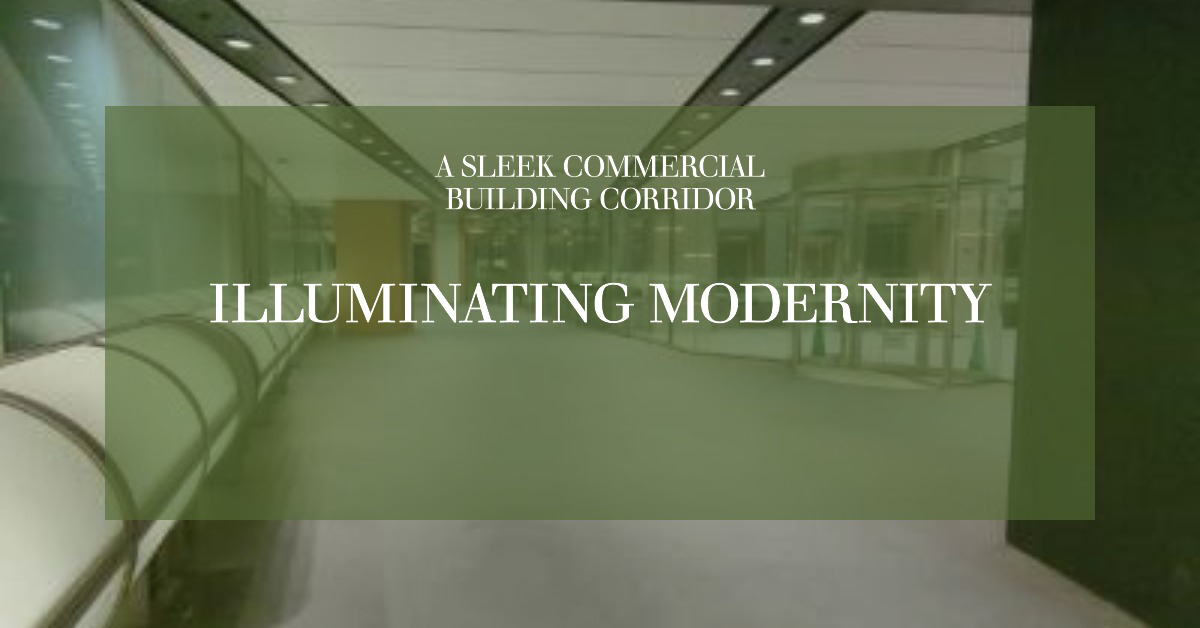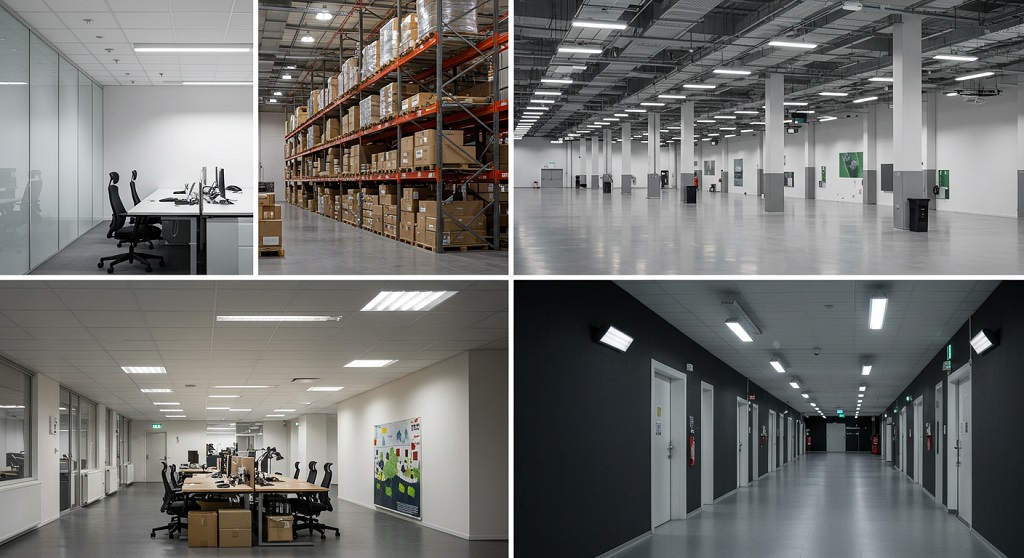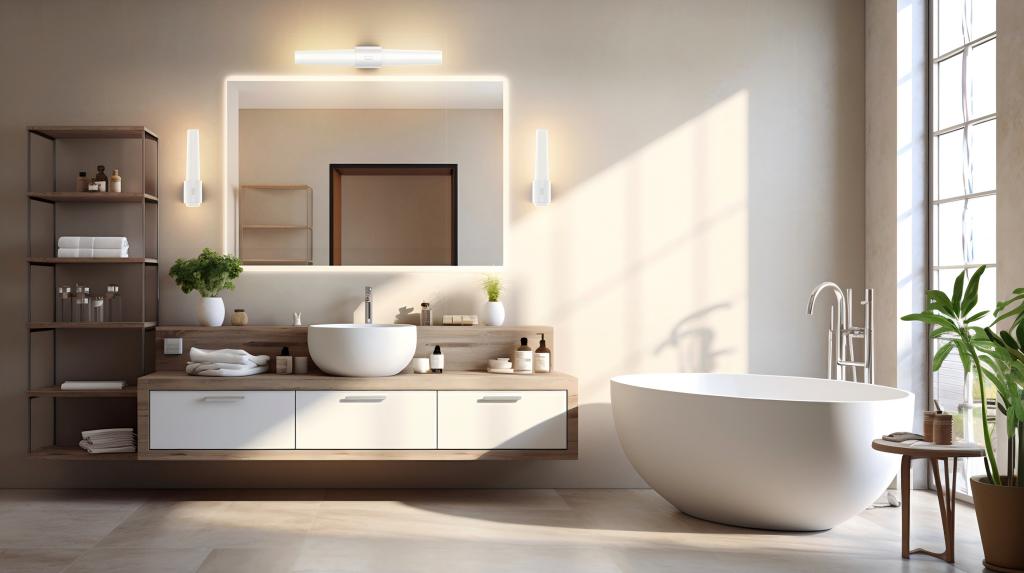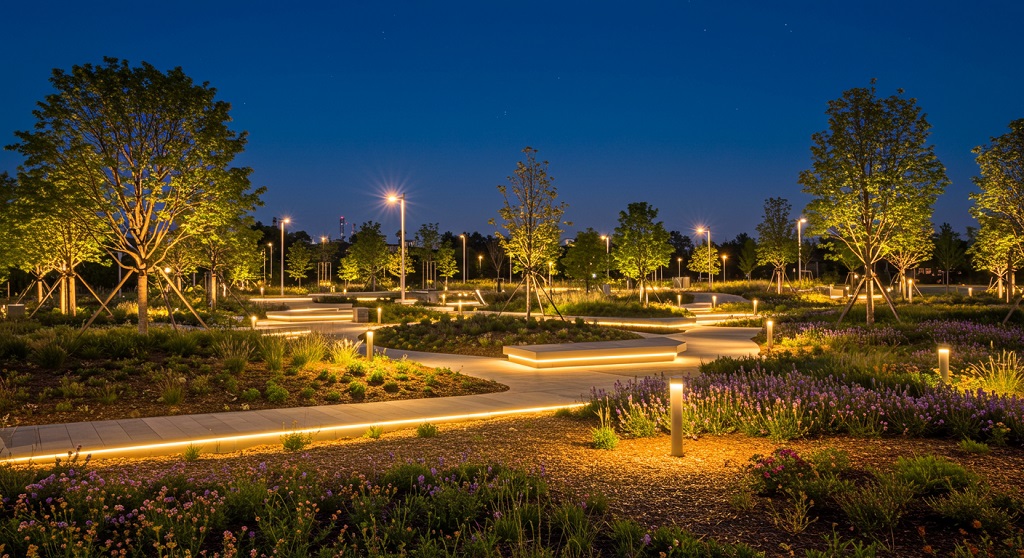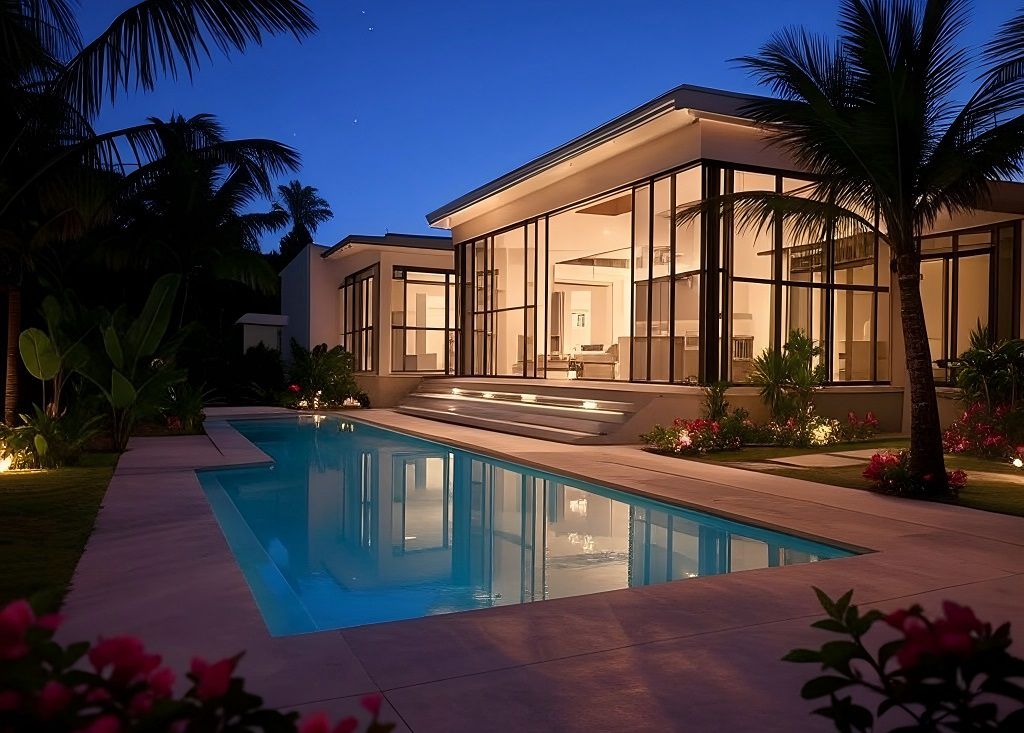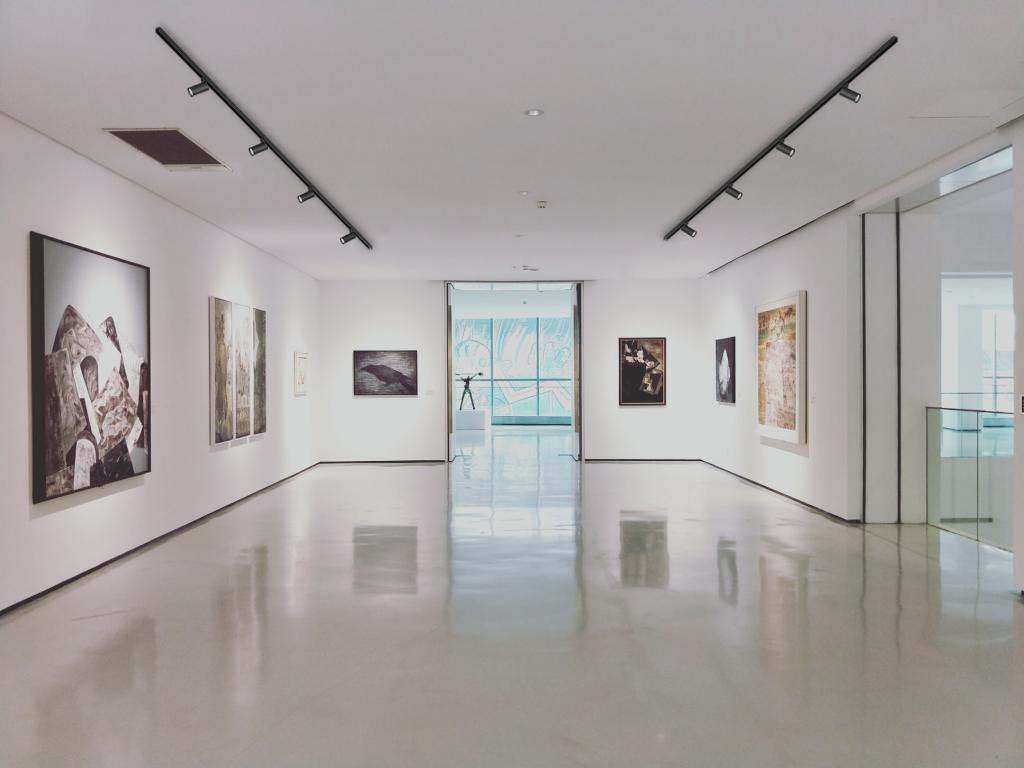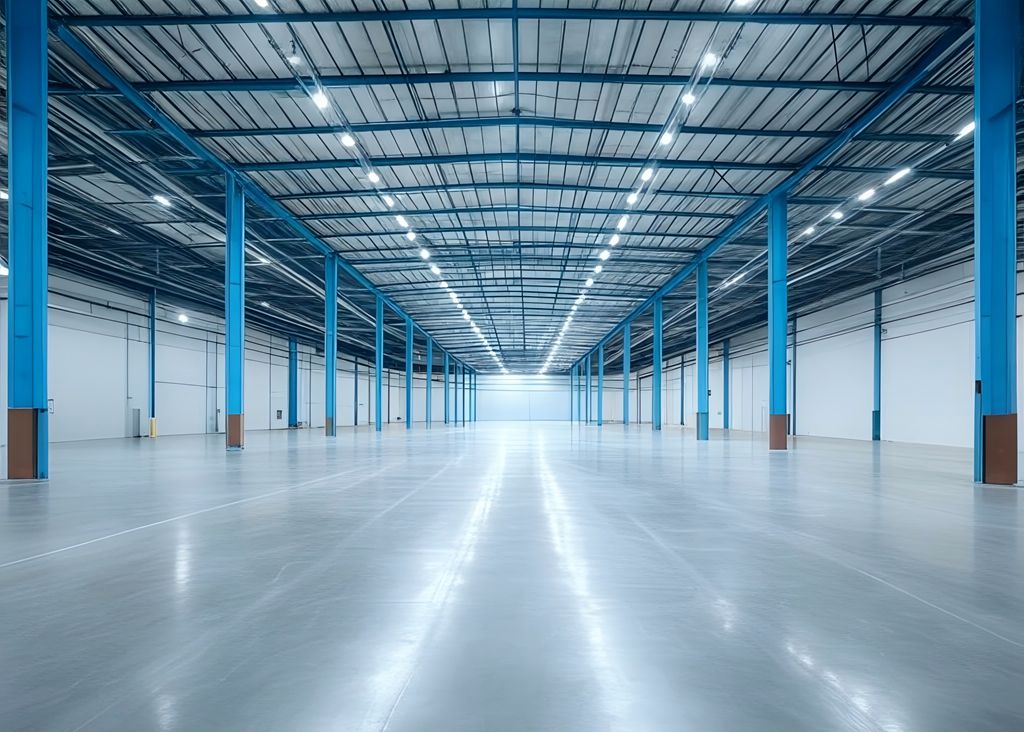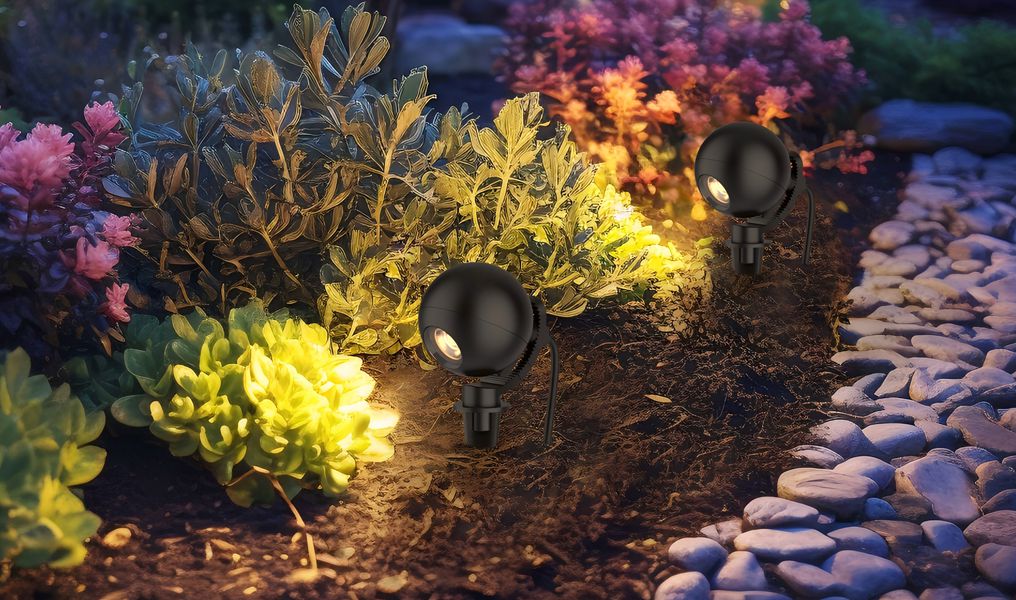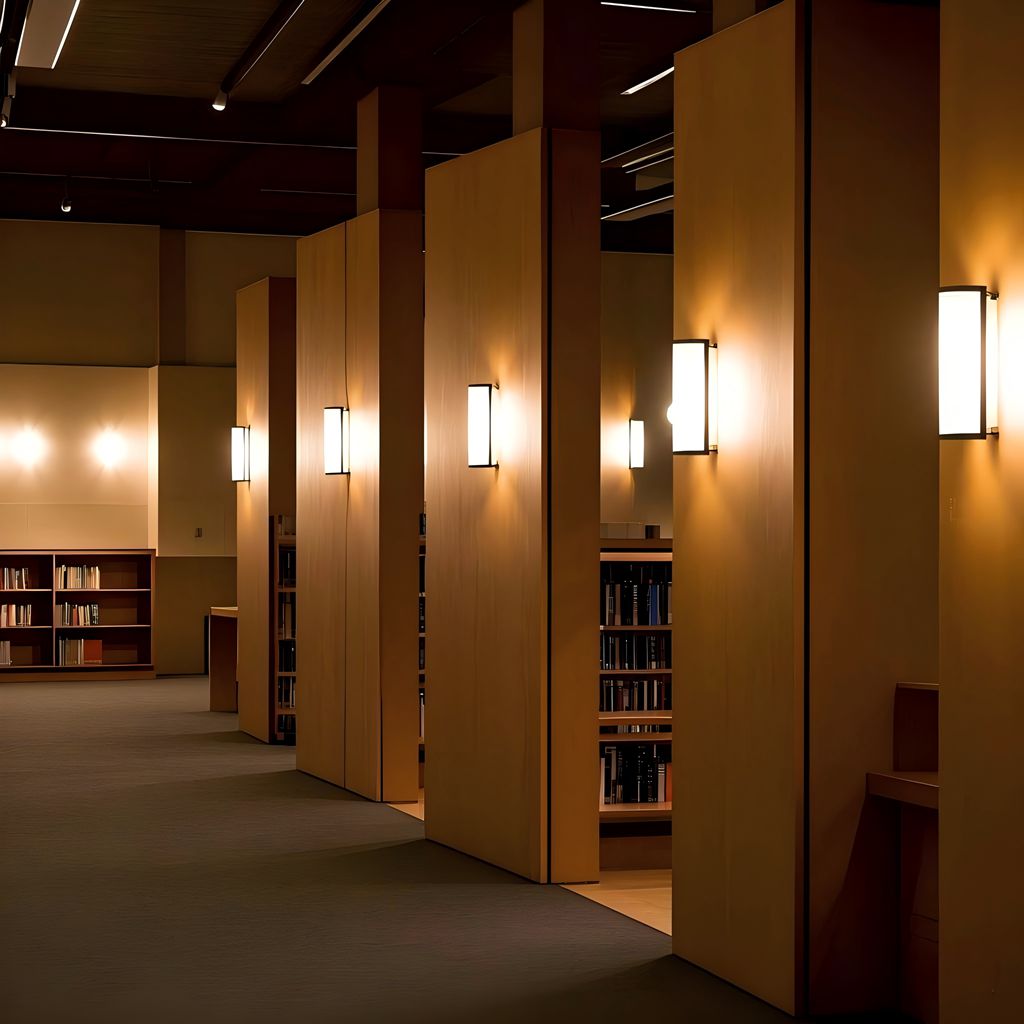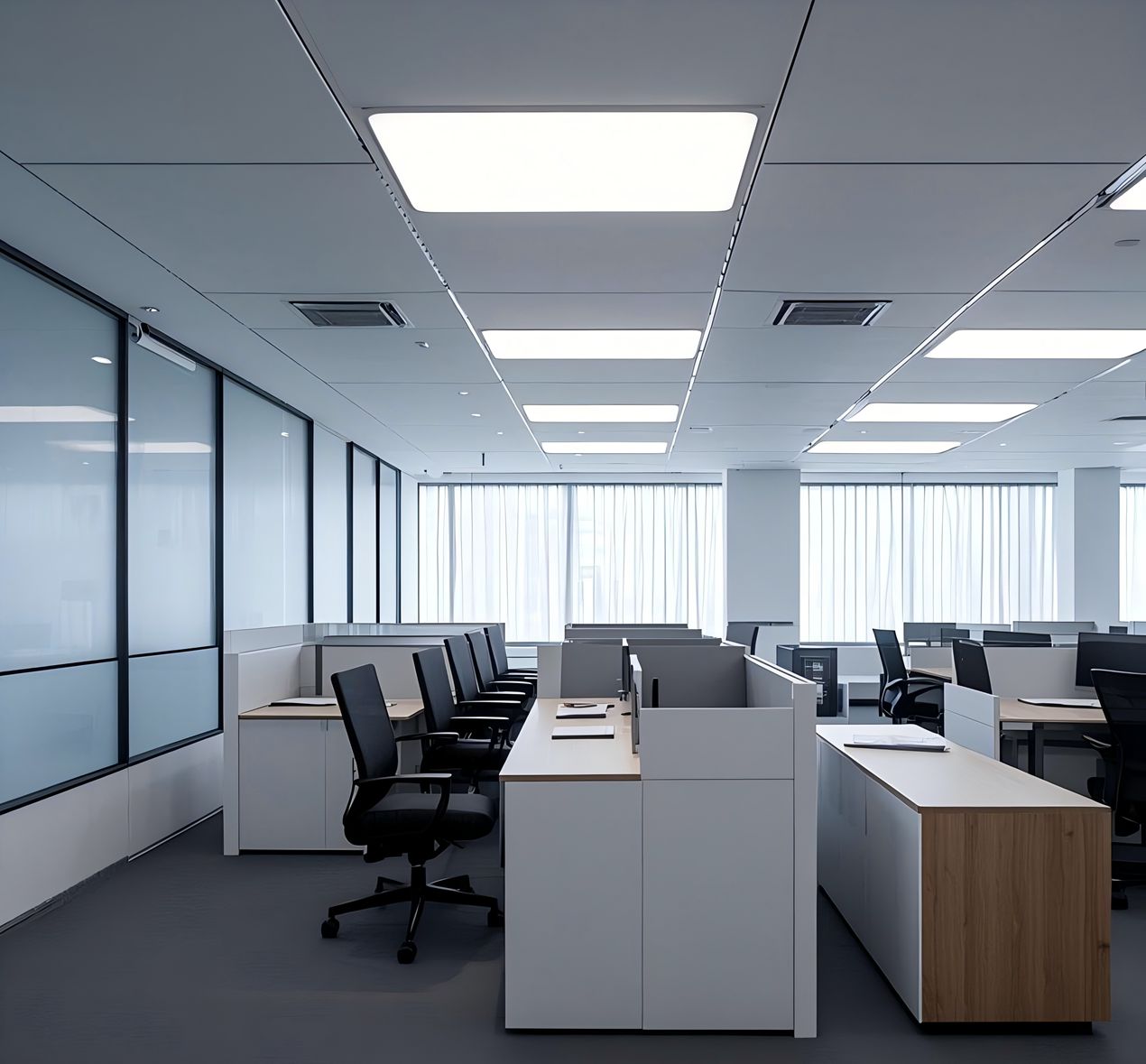Corridor In Daily Life
There you can see many hallways and corridors in your daily, such as the hallway in your home, the corridor in the metro station, the hallway in the commercial building, the corridor in healthcare, or the outside aisle. The corridors are the communication areas that link one side to another side, they have orientation, relaxation, movement, as well as sightseeing functions. In a commercial building, a good communication area, not only facilitates movement and the flow of people but also provides structure within the building. So a good lighting design for the corridor is vital for keeping people’s safety while moving around the corridor and reflecting an image of the company environment for the client visiting.
Why Choose LED Downlight Lights For Commercial Corridor Lighting?
When you enter a commercial building, the corridor lighting sets a tone first what you are impressed with before you find the target room, no matter whether the corridor area is small or large. As a facade, it’s necessary to invest in corridor lighting to make it stand out. For example, if you incorporate the proper lighting, you get to create an illusion space where welcoming reflects the unique style, and provides more information for visitors while they walk the corridors.
The corridor has various dimensions of ceiling height, corridor width, and desired lighting levels, but downlights come in various beam angles, including narrow, medium, and wide. The choice of beam angle will depend on the corridor's dimensions and the desired lighting effect. Narrow beam angles can create a more focused and accentuated lighting effect, while wider beam angles provide more uniform illumination. Besides, the downlight can be equipped with dimming capabilities, allowing for adjustable light levels in the corridor. This dimming control function can be integrated into the lighting control system for centralized management. Vary outlook designs of downlights also can be chosen to match the environment design and aesthetic preference, etc. Considering a series of factors, LED downlight is a kind of proper lighting fixture for commercial building corridors.
Additionally, different business situations have different setting tones, take the hotel corridor and office building corridor for examples.
Downlight applied in Hotel Corridor
In the hotel, there are inner corridors which are an important way to lead clients to their order rooms, and both sides of the corridor tend to have rooms, where there is a long and closed-off space where necessary to add artificial lighting to make sure guests can easily navigate through the corridor.
Most hotel corridors are narrow, where more suitable to install 4 4-inch and 18-watt downlights.
UPSHINE DL97 is a recommended LED downlight that adopts a high SMD LED PC diffuser with even light output.
Applied UPSHINE DL97 IP54 Waterproof LED recessed downlight in your hotel you can save up to 70% energy saving compared to standard CLF, it supports triac dimmable, 0-10v dimmable, and DALI dimmable to share great popularity by excellent dimming effect.
Downlight applied in Office Corridor Lighting
There are a few things that need to be considered when mentioning the office corridor lighting design. In general, most office lighting needs sufficient illumination for circadian, which is high lighting and high efficiency to motivate people’s work activity, the bright lighting environment can highlight visitors’ interest in the company. For the office corridor, it is important to add an optical design that will provide narrow light distribution. And if mach with intelligent control system can make the corridor style more fashion and efficiency.
UPSHINE DL326 super slim COB downlight is a kind of anti-glare light with a wide beam angle and strong waterproof. It's the same as DL97 has an external flicker driver,

How about the lux of the corridor?
Whether it is a house, hotel, or workplace, most of them recommend 100 lux light levels in hallways and corridors, but to the specific, there are still some different requirements.
Office Corridors
- General Office Corridors: The Illuminating Engineering Society (IES) recommends an average illuminance level of around 50-100 lux for general office corridors. However, it's important to consider factors such as the corridor's width, the presence of windows or natural light, and the specific tasks or activities taking place in the corridor. Higher illuminance levels may be required for areas with more critical tasks or for corridors with low natural light.
Hotel Corridors
- Public Hotel Corridors: Hotel corridors typically serve as transition spaces between guest rooms and public areas. The recommended illuminance levels in public hotel corridors can range from 50-150 lux, depending on factors such as the corridor's width, the desired ambiance, and the presence of natural light. Higher illuminance levels may be preferred for corridors with darker finishes or for areas requiring better visibility, such as near elevators or emergency exits.
- Service Hotel Corridors: Service corridors in hotels, such as those used by housekeeping or maintenance staff, may require higher illuminance levels to ensure safety and efficient operations. Illuminance levels of 100-200 lux or higher may be appropriate for these areas.

